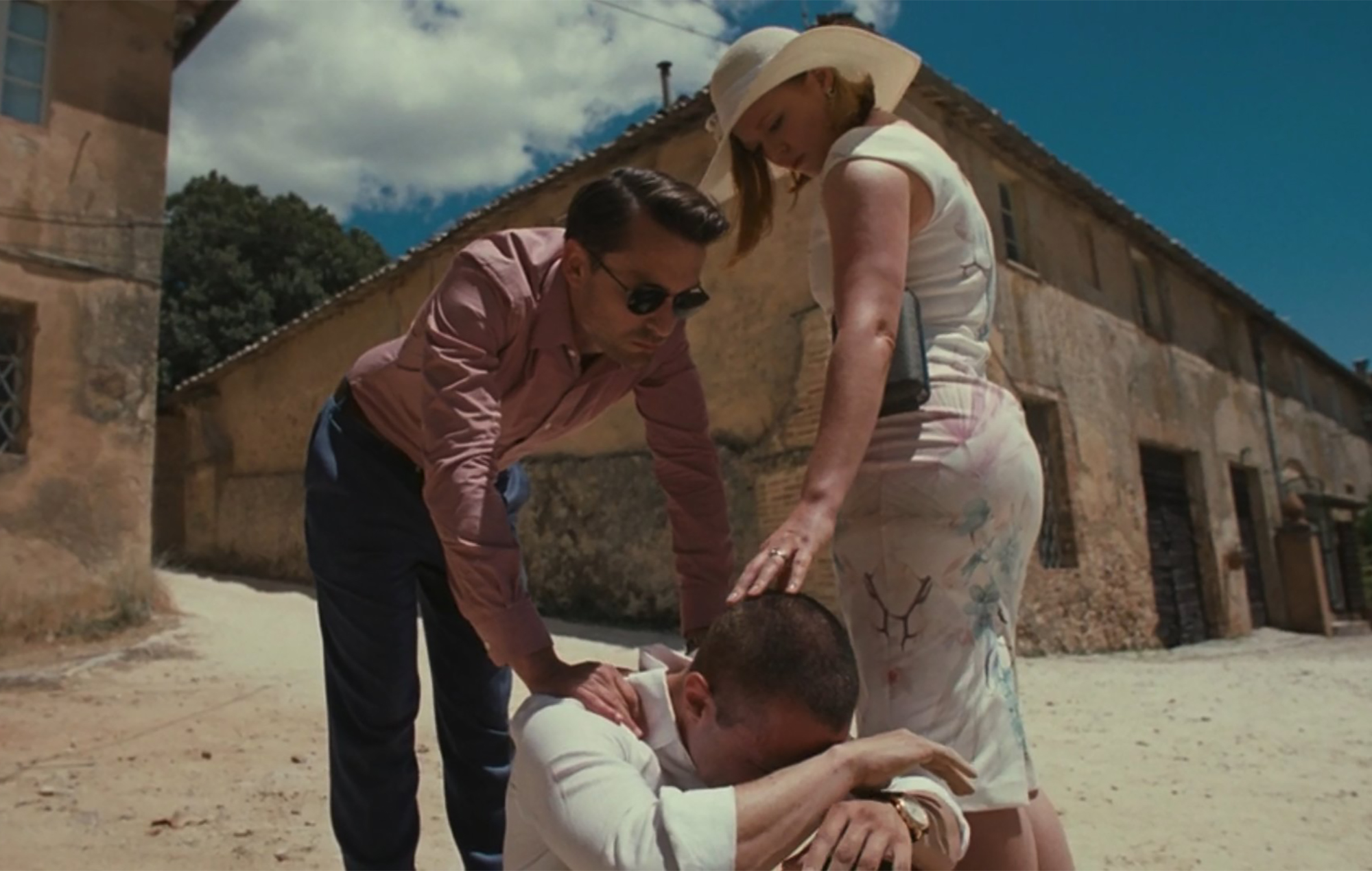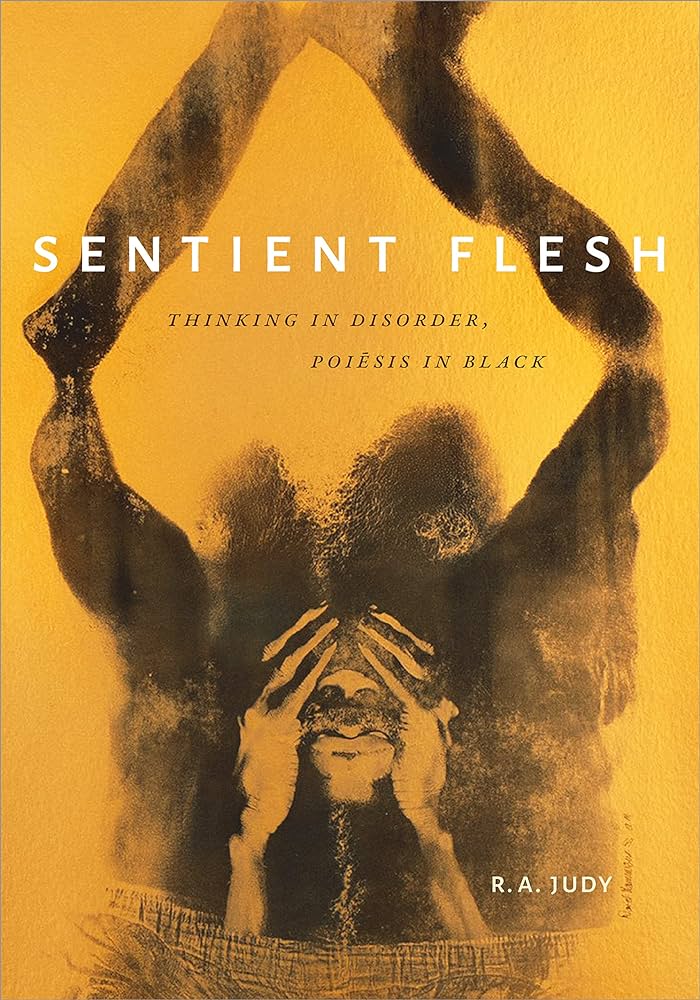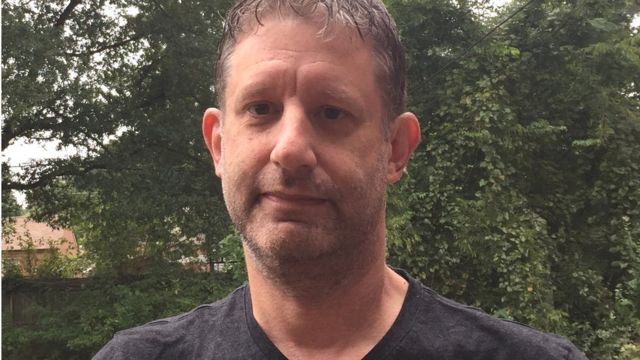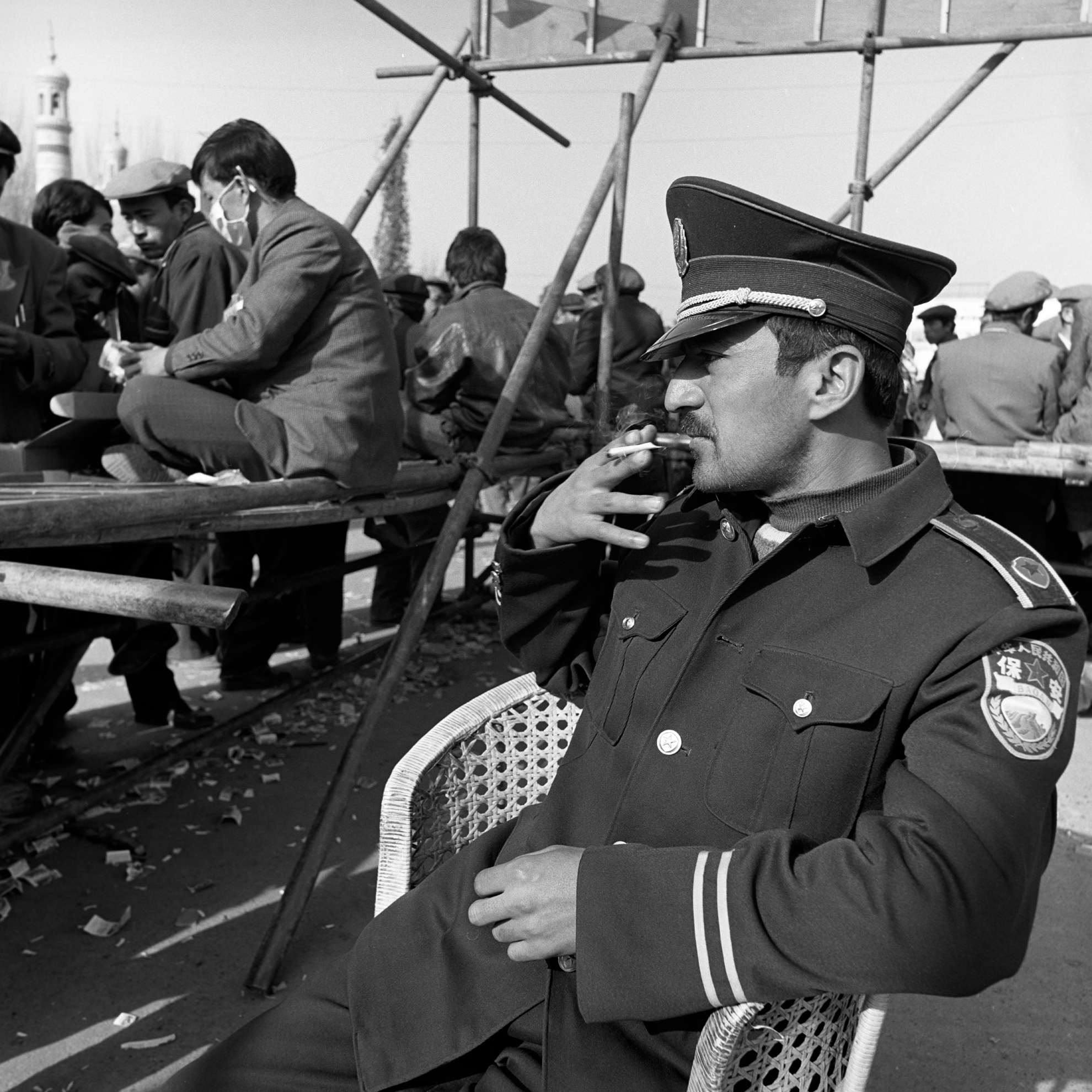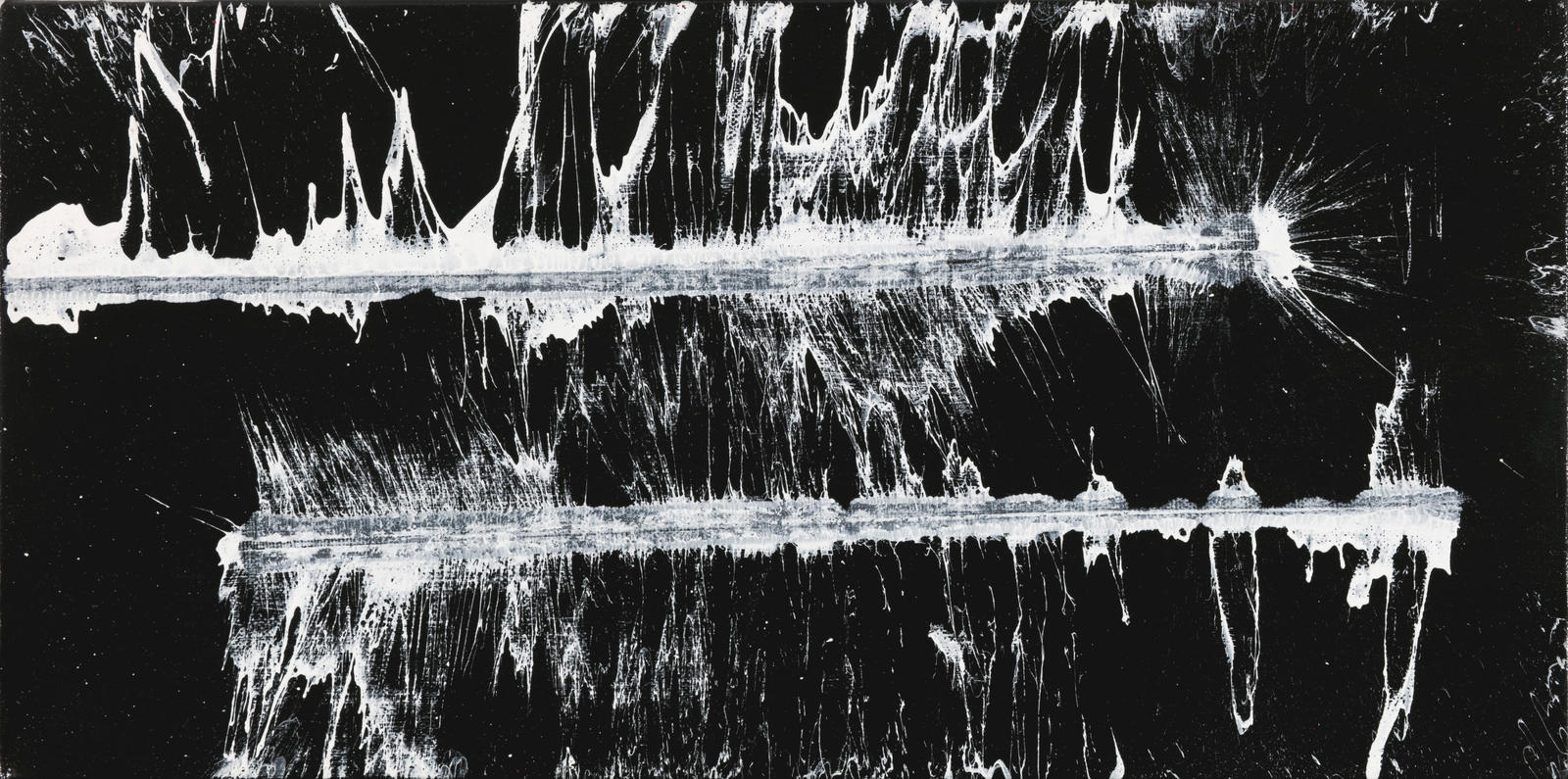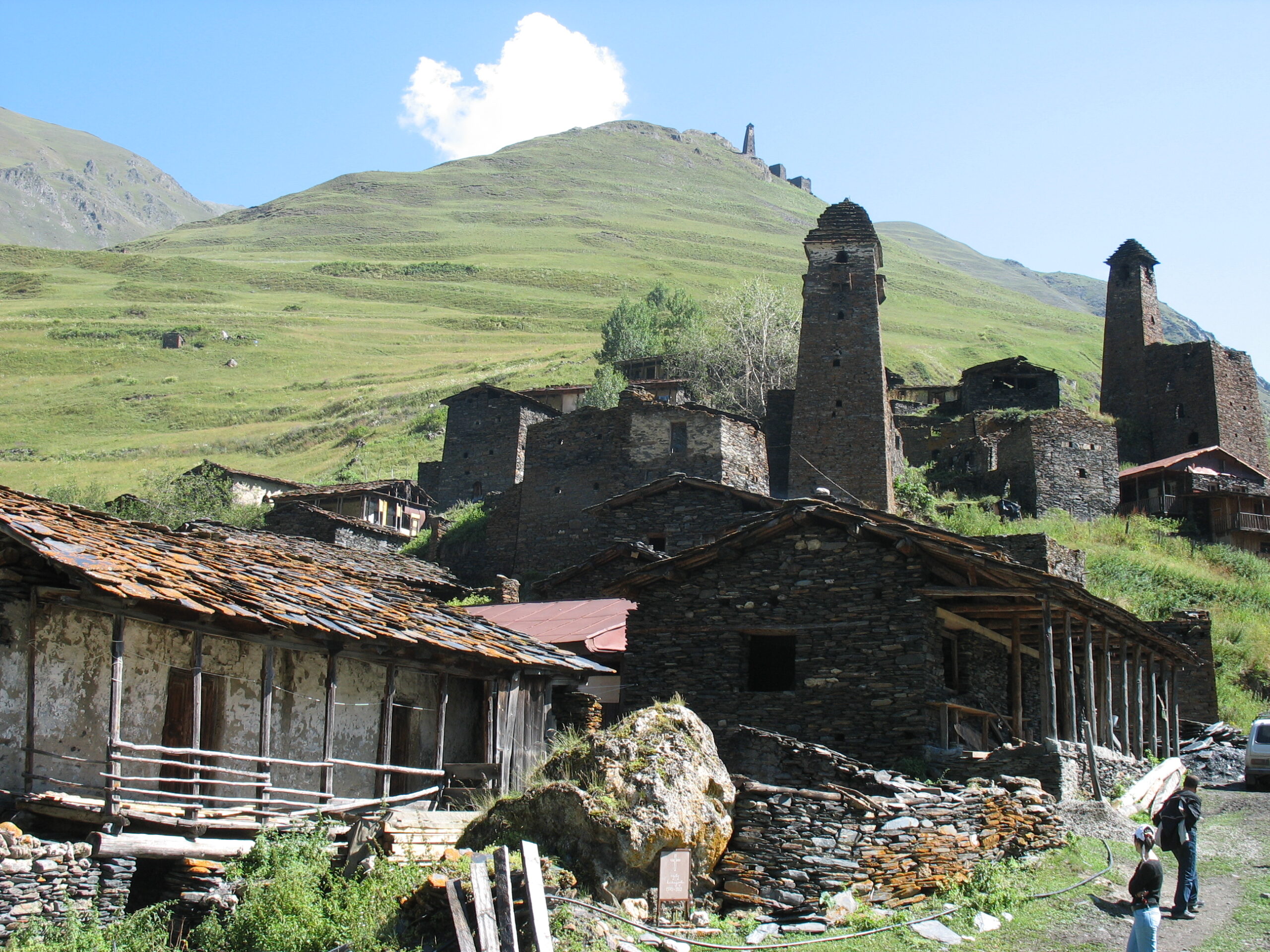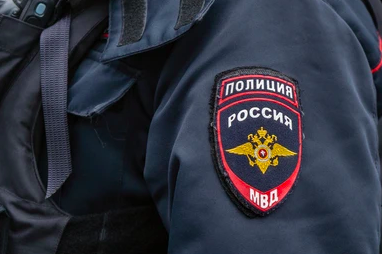This article is a response to a text by Jensen Suther that was published as part of the b2o review‘s “Finance and Fiction” dossier.
As is too often the case, when I agree with ninety percent of an argument, I spend all my time on the ten percent with which I disagree. I think learning to love the rich, even those as loathsome as the Roys, is a way to understanding the dynamic of love and domination in Succession. But there is a question of how to think about the personal and the impersonal in the show. We can get there indirectly, by way of comparison. I just read Thomas Mann’s Buddenbrooks and was talking to a friend about the comparison between Buddenbrooks and Succession. Two great works about dynastic succession, but with very different narrative trajectories. The connection between Buddenbrooks and Succession is in the portrayal of patriarchal domination. The institutional fact of succession – who will inherit the family business? – allows that domination to have objective content. Domination is not just an accidental fact of personal psychology, of a father’s ability to morally terrorize or manipulate, but a continual and institutionally stabilized relation. Someone must succeed to the office once occupied by another. The child must succeed the father, not just as father, but also as leader of the enterprise. The power the father has over the child is to confer the title, by which the child becomes something more than mere biological continuity.
In both Buddenbrooks and Succession, the domination appears at the personal level in the fact that the children fail to measure up to the paterfamilias. In Buddenbrooks, however, the children fail because of the spectral presence of the patriarch’s high moral virtue and its apparent connection to his economic success. The elder Buddenbrook, Johann, was a natural bourgeois. He lived a life of virtue without finding it mere subordination to duty. There is little sense that he had to stifle his basic impulses and inner vitality to the Protestant ethic. Instead he found it spiritually fulfilling, even nourishing. The second-generation Buddenbrooks, however, are inferior in their different ways. None can live as they naturally are. They each find themselves mentally and spiritually stifled, even physically crippled, by their duty to sustain the family in the image of their father’s sober, bourgeois propriety. The naturally impudent and daring daughter, Tony, slowly has the life crushed out of her by the failed attempts to be a good wife and good daughter. The more she tries to carry out her duties the more her life bends and shrinks, like an empty soda can slowly imploding under pressure. Christian, the middle-child, is decadent in mind and body, physically ailing away and economically dissolute: inconsistently employed and endlessly in debt. The eldest and natural successor, Thomas, has neither the will to adapt to the new business conditions nor the spiritual intensity to commit to being a lesser, but proper, businessman. Keeping the business alive means expanding it, but expanding it requires an enterprising spirit at odds with the decency and moderation that he mimics but does not feel. As the unsatisfied and bitter leader of the family enterprise, he is an unworthy successor who fails to sustain the life of his family: the business stagnates and declines while his son and sole heir dies. Buddenbrooks is, therefore, a novel about dynastic decay under a particular kind of social domination. The next generation’s lives are constrained by the unreachable moral example of the previous generation, in the context of a capitalist society that has turned more intensely competitive and, therefore, incompatible with bourgeois moral virtue. Were they to adapt to new conditions, they would violate the example of their father, but to hew to the family morality they must destroy their vitality.
Succession, however, is not about the same kind of decay because there is no real evolution. Buddenbrooks stretches over three generations, while Succession is almost relentlessly temporally constipated. There is no slow decline from the moral glories of the founding and growth of the enterprise. We start at the peak and are held there for three and a half seasons during which nothing happens. Nothing happens because Logan won’t let “It” happen. Some complain that this temporal stagnation is all in the service of glamorizing the billionaire lifestyle in the guise of prestige TV. All we’re left with is endless shots of private jets, family helicopters, and exclusive residences. But the sclerosis is part of the show’s aesthetic integrity. Logan does not loom over his children by the force of his moral example, like Johann Buddenbrook. Instead – as Jensen observes – Logan sees and despises each of them. He refuses to let them love him.
But it’s more than that. Logan uses the prospect of succession to ever further crush his children, playing each off the other to keep them all subordinate to him. The children are weak and grasping, not just because they cannot live up to his virtue, but because Logan himself has lost his way. His is a purposeless rule: winning for the sake of winning. “I fucking win!” he screams in the season 3 finale, when he has outmaneuvered his children. When his children ask him why he’s doing this, Logan can only say “because it fucking works.” The dynastic economic project is revealed for what it always was, an exercise in domination. But left with the evidence that his children don’t have the strength and guile to destroy him, he is left only with his will to power now turned inwards, on his own family.
The reason that the show moves in place, as it were, is because there is still a dynamic tension at the core of Logan’s conflict with his children: the dynasty he created cannot be maintained. He cannot allow a succession to take place because it would mean there is someone worthy of the office. But Logan’s domination of his own family is so complete that there are only children grasping at an inheritance, not worthy of succession. This is not succession as decay, à la Buddenbrooks, but succession as self-annihilation. It is fitting that the only way for a succession to take place, for some kind of historical movement to take place, is Logan dying. It was that or Logan destroying the company by selling it, whichever came first. As it happens, Logan’s will outlives his body. The GoJo deal goes through, Matsson takes over, and the Roy children find themselves outmaneuvered by each other. Roman, ever the truth-teller of the show, explains the result to Kendall: “We are bullshit…You are bullshit, I am bullshit, she is bullshit. It’s all fucking bullshit.” They are bullshit because, though willing to sacrifice each other for their ambition, they are never willing to go all the way, never even quite sure whether they want to succeed their father or want his approval. Shiv’s betrayal, which seals the sale to GoJo, is just the final proof. Matsson was the worthy successor because he was a killer. Even the Roy children know it. They repeatedly accuse Matsson of having killed their father by forcing Logan onto the plane in which he died his ignominious death. It is never clear whether they are more upset at their father’s death or at the dominance Matsson establishes by being responsible for Logan’s end.
Now I agree that one way to understand Succession is that it is not just a timeless tale of dynastic succession, but one in which that succession is disciplined by its social form: a special kind of social domination. This makes many of the popular comparisons inapt. Some have likened Succession to King Lear. It seems obvious. An increasingly unhinged, aging father tests the love of his three children by rules that make expression of that love impossible. Goneril and Regan’s praise for their father is insincere, not because we know their inner motives, but because of the structure imposed on their speech by Lear. By making their words a test of their worthiness to inherit part of the kingdom, he makes their voice his. Regardless of whether they mean what they say, they cannot mean it. The more they speak, the less they can say. Again, this is not about their true motives but about the conditions under which they speak, conditions determined by their father, who has bound expressions of love to inheritance. In Succession, Roman is the ultimate Goneril-Regan. When Roman pleads with his father, “don’t do this,” in the season 3 finale, Logan asks Roman what he has left. Roman’s pathetic “I don’t know…love?” is so hopeless that it is almost sincere, but also absurd. Love has as little place in a boardroom battle as when inheriting the kingdom. But there is no other conversation Logan understands, no other relation Logan can accept than the struggle to over-power others. The Cordelia option is the one the children left behind at the beginning of season 4: leave the business so that they can be a family. But Cordelia’s silence is not purer. It is just the other side of the domination relationship: she can only express her love for her father by not expressing it. Only further proof that it is the dominator who makes love inexpressible.
But the Lear comparison withers on further inspection. Lear’s madness is political. He divides the indivisible: a sovereign realm. He compounds the problem by then imagining he can choose his successors. The normal logic of succession, to which he refuses to submit, is that one child – the eldest – inherits it all, because that preserves the integrity of rule. Lear should have as little say as anyone else, yet he wants it all to depend on his will – one kingdom or many, that love should decide, and so on. He is subject to that impersonal political logic, yet wants it all to be personal. Logan Roy, however, is the patriarch of an altogether different enterprise: not the territorially-bound state but the globe-bestriding, multinational corporation. Not Leviathan but Behemoth.
The universal drama of Succession is mediated by the drama of that social logic – not just of billionaires, but billionaire capitalists, constrained by board-members and shareholders, debt payments and stock prices, conglomerates and subsidiaries. That is why I think Jensen is right to point to capitalist forms of domination in particular. But is this a story about mute compulsion? Where even the very wealthy are as much slaves as everyone else? And where, therefore, we have to root for their love – love them – because it is the only human and emancipatory response to the crushing logic of accumulation?
It’s true, there is a sense in which the characters are subject to a dynamic they cannot master and that they can only liberate themselves by escaping the social relations they are disciplined by. But I don’t think it’s primarily the silent logic of accumulation that constrains them.
Now I can imagine a counterargument something like the following. If mute compulsion isn’t the fundamental constraint, then what is? Succession is not itself a timeless logic because it takes different forms. Isn’t that the point of distinguishing between Lear, Buddenbrooks and Succession? Logan’s purposeless rule, of winning for the sake of winning, is as Jensen put it “a late capitalist twist on Lear’s madness.” So Logan has not lost his way in some ethical sense. His is no mere intellectual error. His purposeless rule is an internalization of production for the sake of production, or what Marx called “nothing more than the rationalized motive and aim of the hoarder.”
I don’t disagree, but there are limits to the mute compulsion reading of Succession. Mute compulsion is the impersonal form of social domination by capital. It is achieved through the discipline the market imposes externally on each of the actors. The clearest account of that domination we have is from volume 1 of Capital. The presentation of that domination as comprehensively impersonal requires assuming, as volume 1 does, that the paradigmatic form of ownership is one in which capital is dispersed across many capitalists. None are in any position to shape the market conditions that discipline them. They are price-takers, in modern parlance, because they are roughly equally situated. (While Marx does later show how capital naturally centralizes and concentrates, that is a natural development of the logic of accumulation that also modifies the nature of those constraints.) When capitalists are in that position vis-à-vis each other Marx does say they are just as much slaves as workers. They are slaves to capital because they are wholly subordinate to the logic of surplus-value extraction. Each particular intersubjective relation is subsumed by this wider social process: exchange-value rules use-value, value accumulation over love and friendship.
If Succession is an expression of that, we would want it to show us those moments of external discipline, in which characters are forced to adopt the standpoint of capital. And we do sometimes see it. The debt situation in season 1, Stuy Hosseini, proxy battles, desperate attempts to go private, cratering stock prices, hostile takeover threats, the deal with Matsson. Whether the characters want to or not, there are moments when characters must consciously adopt the standpoint of the value-maximizing capitalist, or find themselves and their lives dissolved. This reaches its peak in the first episode of the final season, in the question of whether they will all just cash out. Why not take the billions and be free? Not only do they decide to stay, but never is Kendall prouder than the moment when he gives the successful speech to shareholders on the new value proposition ‘Living Plus.’ He doesn’t want money, he wants to increase value. Cashing out is something close to spiritual death for each of them. But notice one weakness here with the mute compulsion story – they really can cash out. They aren’t petty capitalists, who will go under, and return to the ranks of the working class or whatever. There is nothing really forcing them away from the route Connor takes – spend vast amounts of money on their own vanity projects.
We might think there is a further form of domination, not external in the sense of market discipline, but social, in the sense of the form that all relations take. This is I think part of what Jensen is getting at. It is not a question of what they are forced to do, but how it is available for them to conceive themselves. Their psychology is already social. For instance, their conception of a family is as an empire not of property but of endlessly accumulating wealth. They can’t imagine the family bond without all being part of the company, making decisions together in the boardroom. They have no experience and no sense of love as its own, independent bond, because who they are as a family and who they are as a business, is inseparable. And that, itself, is product of the social form they are tied up in.
Now I’m not rejecting that completely. But I don’t quite see the social form of the ‘succession’ as so impersonally capitalist. It is dynastic. The dynastic succession of a commercial empire, not just an ordinary capitalist business. Waystar is a corporate behemoth able to use its economic power to shape and alter markets and to use its political power to anoint or destroy presidents. The Logan family is not subject to the routine discipline of those markets the way, say, a local dry-cleaner or restauranteur or barber is. Succession is also an expression of human power and freedom from within the logic of capitalism. It is an all-too-human form of domination, in which the particular whims of a particular agent – primarily but not only the patriarchal figure – has its own independent existence. And this shapes the dynamic of familial succession. Logan is only willing to hand off to someone like him. The only worthy successor is someone who is equally or even more dominant. And his children routinely wonder what to do with their power. They even seem to celebrate impulsiveness and capriciousness, because they imagine themselves to be exercising Machiavellian virtú just like their father. There is in some sense too much slack, not enough mute compulsion and discipline, which is why they are constantly trying to will themselves into their father’s position. They can never make up their mind and the structure won’t make it up for them.
So we might say that, while this is a very capitalist form of succession, it is not just a story about impersonal domination, but simultaneously about a highly personal form of domination because it takes place in our particular (Late? Postmodern? Financial?) capitalist society. There is so much wealth and so much market power that it appears like everything depends on the whim and caprice of the patriarch. And personal domination, in the sense of creating the world in one’s own, not just capital’s, image seems like an end in itself.
That also explains why the trap, the structural logic of the show, is that succession is impossible. Logan has related to his family as to everyone else, as subjects to be manipulated, controlled, dominated – not just used. But those who submit are unsuited to replacing him. Since his children love him, they try to be what he admires – power-seeking, dominant, risk-takers. But they are not really in it to dominate, they are in it for love, so they continuously fail. And Logan, meanwhile, is in it to win. Again, I am not sure we can really get what’s going on with this, without appreciating that the social form of succession is an expression not just of the standard mute compulsion of capital, but of the dynastic form of neoliberal, multinational corporate capitalism. That kind of capitalism creates zones of discretion that add a very personal element to the domination the children experience. It makes the prize they struggle for that much more dramatic, makes Logan seem that much more god-like, and the self-aggrandizement of each not purely delusional or psychologically stunted.
Which brings me to the politics of the show. Critics complained that we see almost no real people or any of the people doing the work. But that is the genius of the show. It happens in remote and inaccessible areas – private jets and helicopters, Caribbean villas and New York penthouses, Mediterranean yachts and Hampton estates. Even Connor’s private wedding boat has its own private room set aside for the siblings. Over time, the show’s hyper-attention to these exclusive forms of travel, leisure and business, is to make the drama into an Olympian power struggle among pagan gods. Those gods have all the familiar human weaknesses – they are vain and capricious, reckless and indifferent – but coupled to powers no ordinary human beings could have. They choose presidents and they get away with murder. A business (Vaulter) is gutted, whole floors of people unemployed, all because of a petty squabble between two brothers vying for their father’s approval in a boardroom. Or, perhaps the greatest superpower of all, they can just fly over hours-long snarls of plebeian traffic. The emptiness and sterility of most of the settings, the absence not just of anything dirty or even cluttering, but often of any ordinary people, is part of what enhances the sense that these are more than ordinary mortals. When the siblings show up in Sweden to negotiate with Matsson they do so on a literal mountaintop, like lesser Greek divinities locking horns with a Norse deity. Logan’s death was like the death of a Titan, the old gods giving way to the new.
Some commentators claim that this hyper-stylization glorified the rich, but that is too shallow a reading. The unreachability of the characters, intensified by the remoteness of the settings, was a proper representation of social power in our society. Our capitalist economy is immensely productive and has generated fabulous capacities for social cooperation. But it has done so in a way that makes it seem like, were it not for some foreign power like an employer or financier, we would not cooperate in this social enterprise at all. These immense capacities to shape our material world and determine the rules of cooperation are concentrated in a small number of hands, over whom we exercise little control. We cannot even recognize their social power as our own. It is alien to us. And so it is best represented as the distant powers of a few people who, for that reason, seem more than human. The majority work or don’t work, rest or don’t rest, at their pleasure.
If that world-shaping power is really a collective one, ours in the broadest national and international sense, then perhaps the real succession story is the one the show doesn’t tell. We are the disinherited. There is a brutal realism to Succession. Only the gods can hurt other gods. There is no Promethean moment. Nobody steals the Roy family’s fire, seizes their property, and brings their power down to earth. And that too is a truth, since nothing seems more remote these days than social transformation. In Greek mythology, the gods begin to die when the people stop worshipping them. In our time, the problem is not one of belief and worship but politics and action. So long as the vast majority does nothing to claim the power that is theirs, then it is not just Gregs all the way down, it is Matssons always on top. Yes, we should love the rich, but we should also want to become the gods. That would be the true succession.
Alex Gourevitch is an associate professor of political science at Brown University. He is the author of From Slavery to the Cooperative Commonwealth: Labor and Republican Liberty in the Nineteenth Century, and is currently working on a book about strikes.

